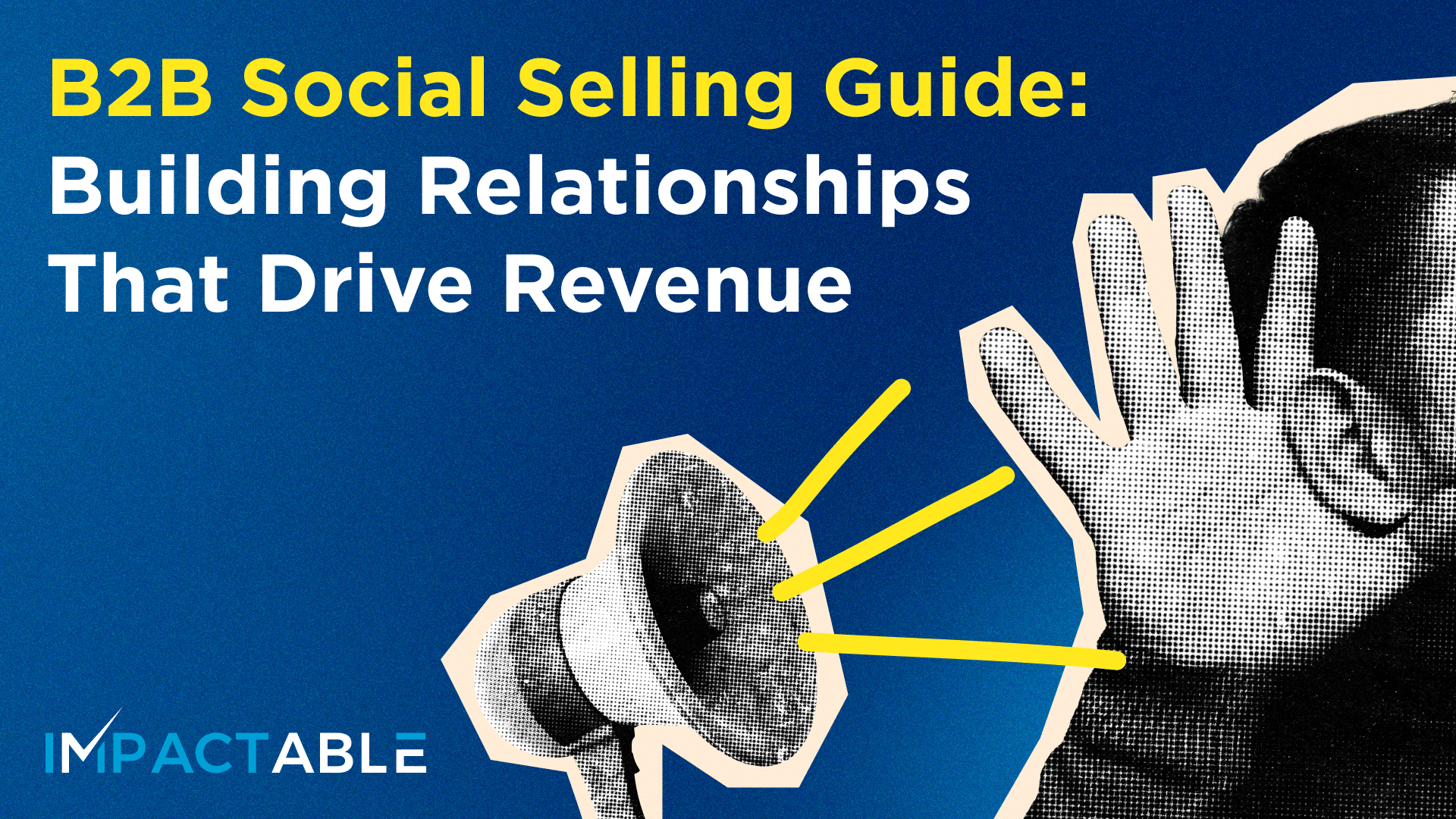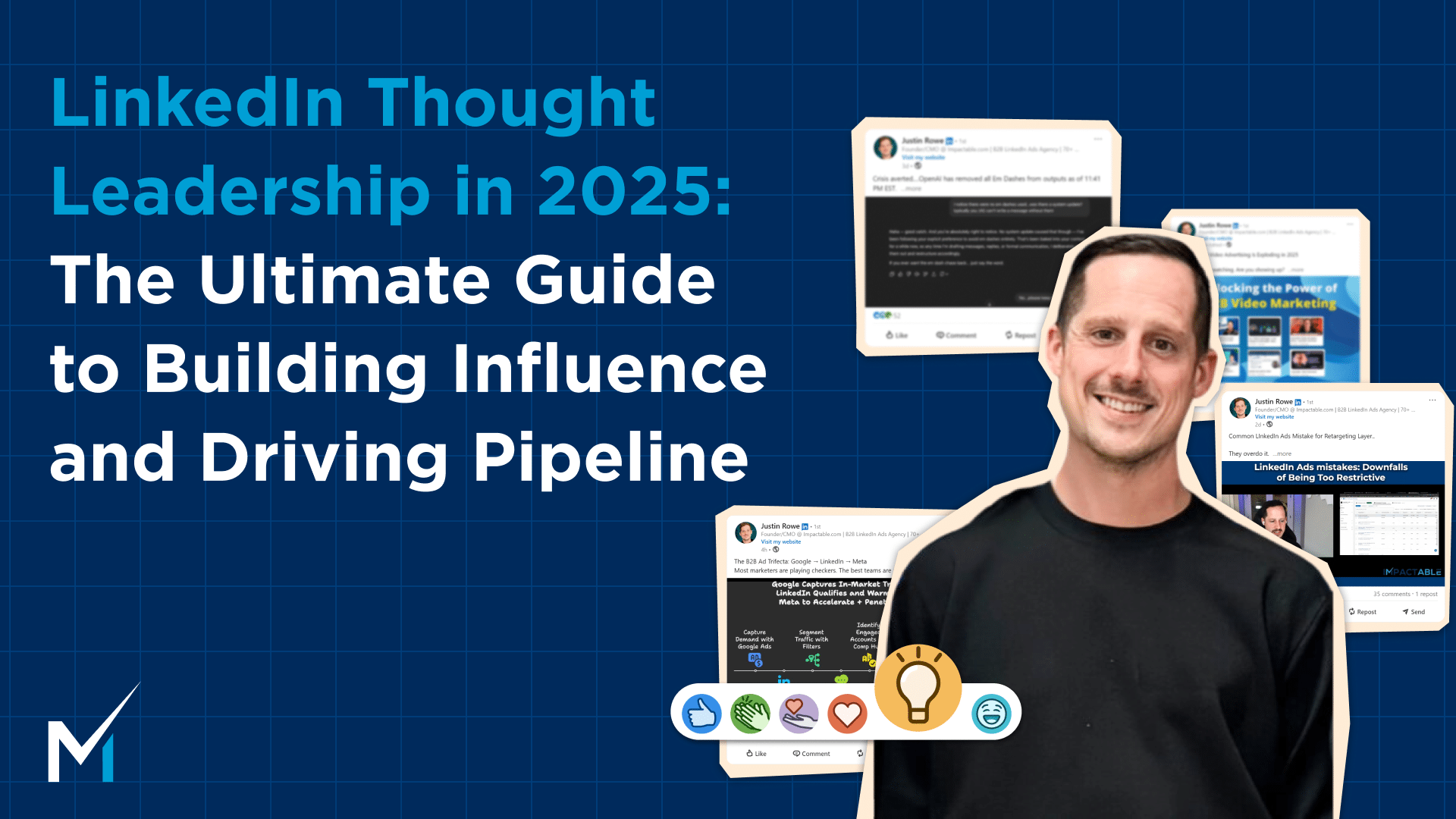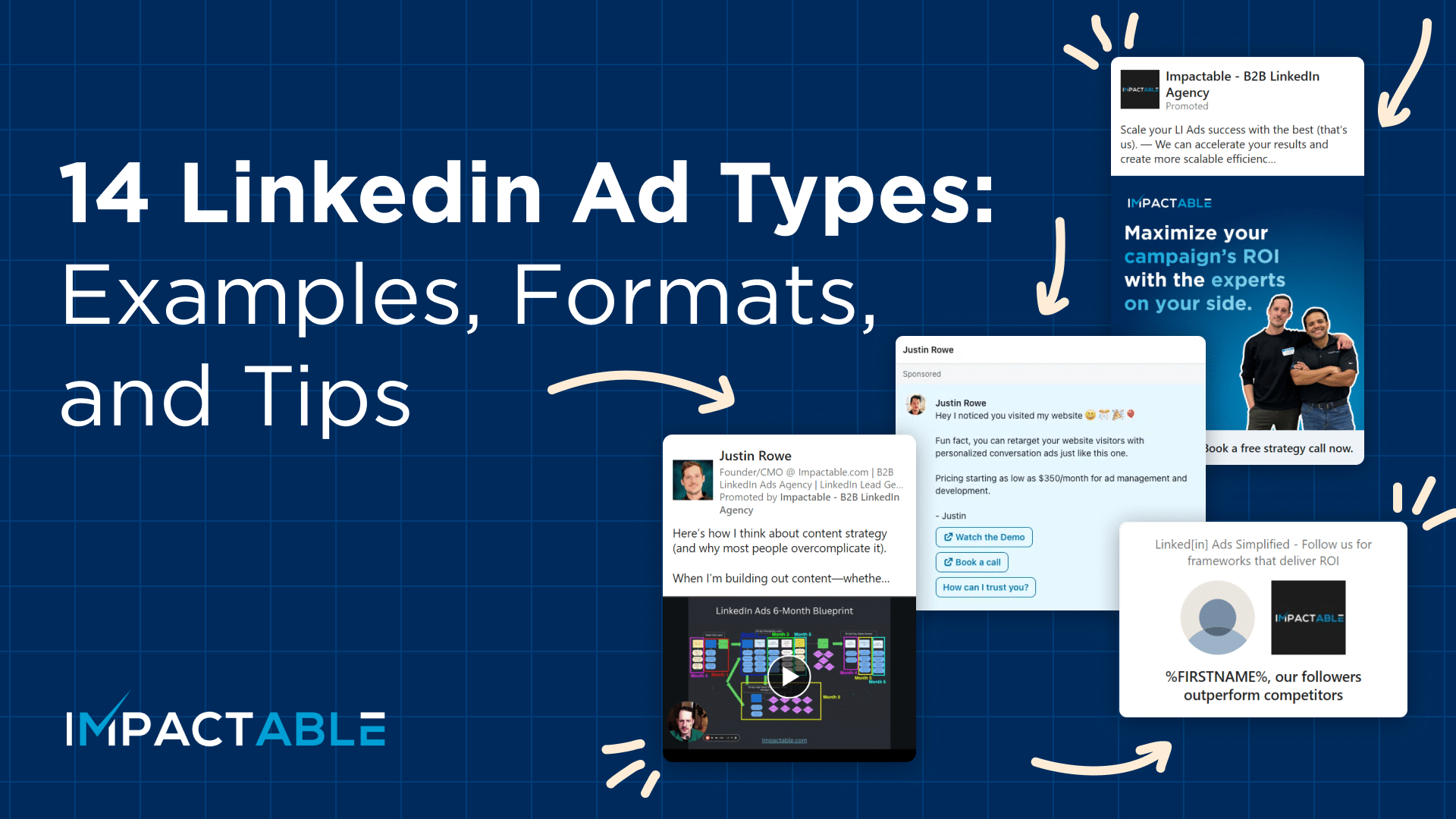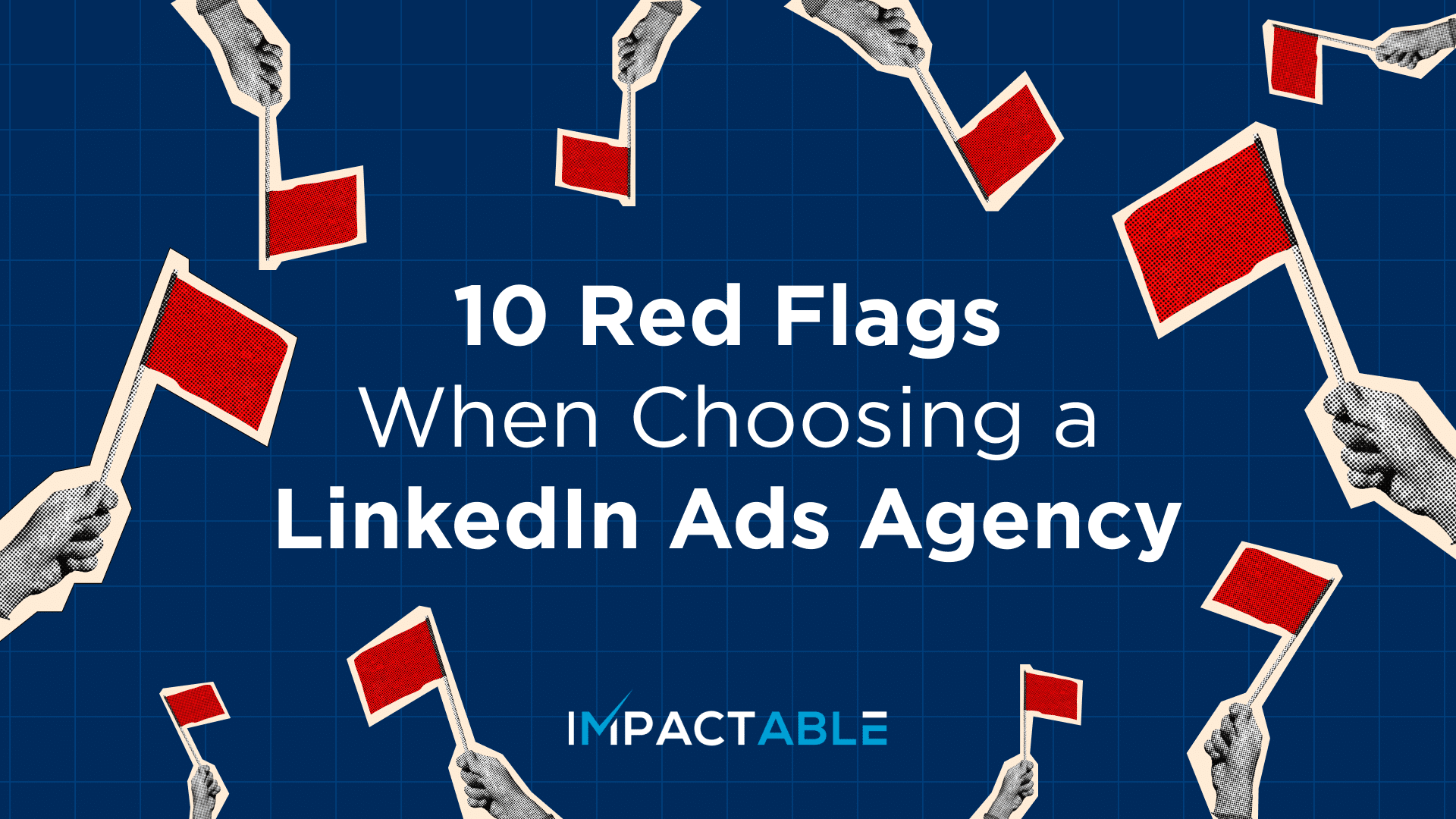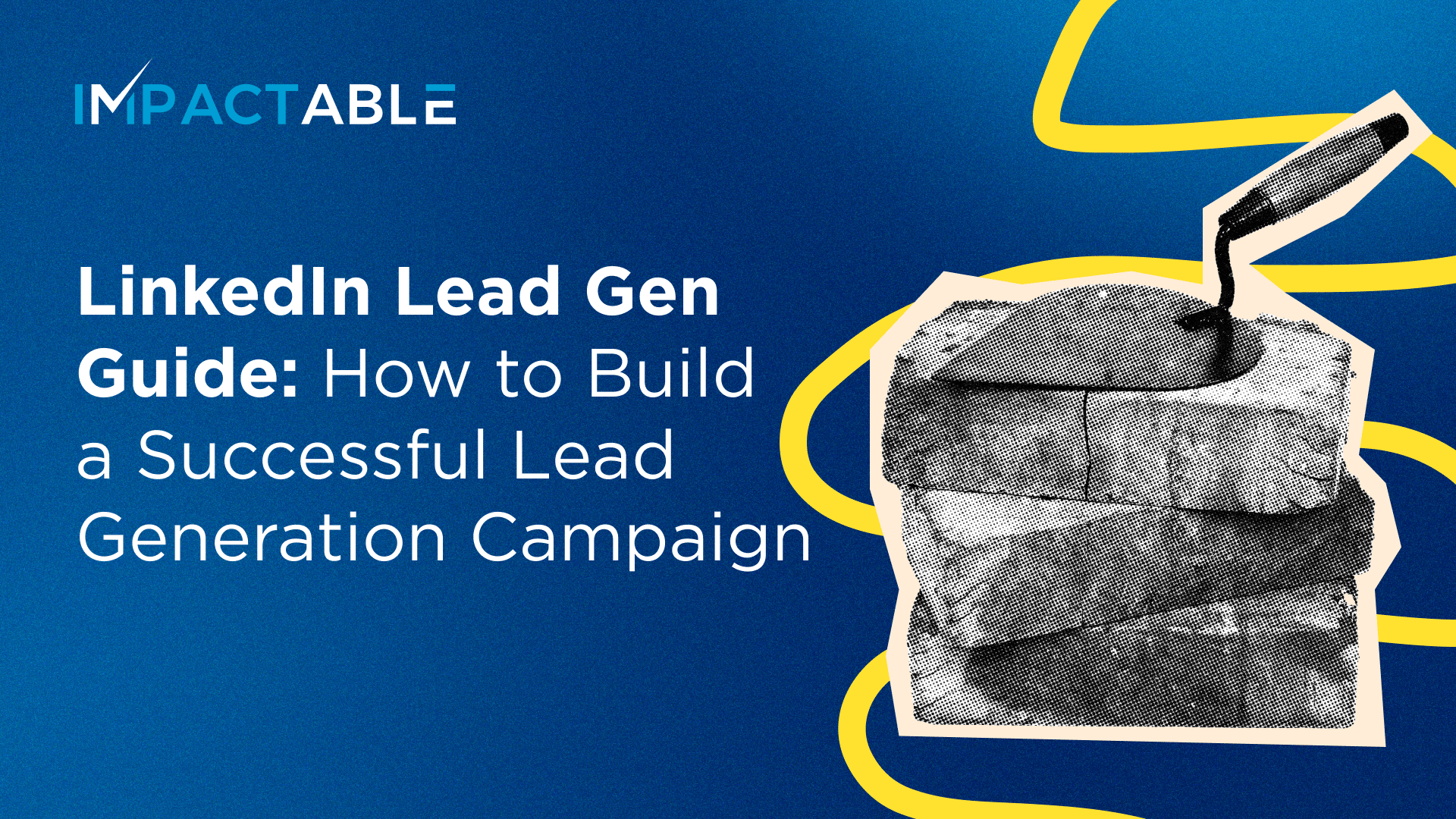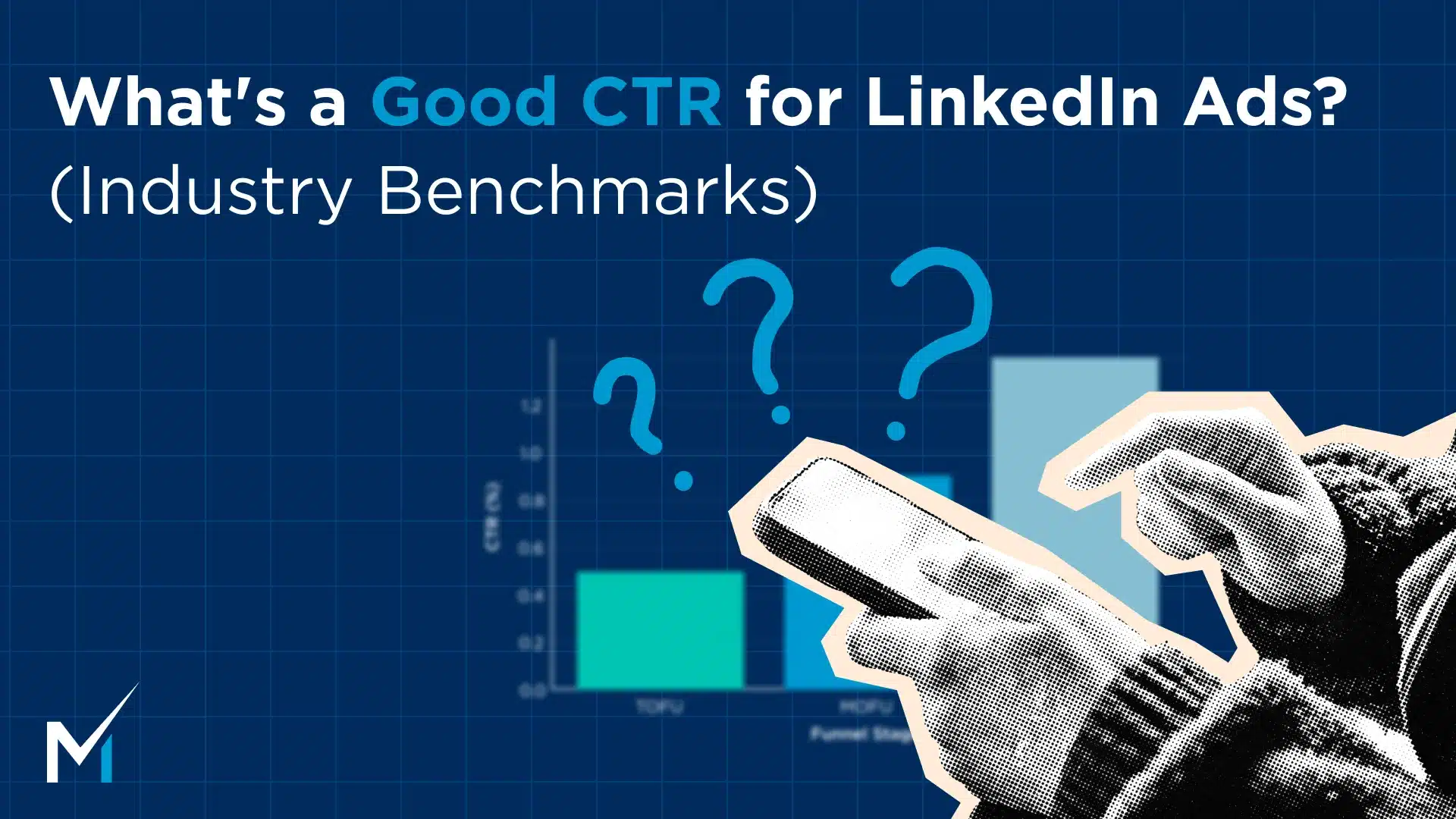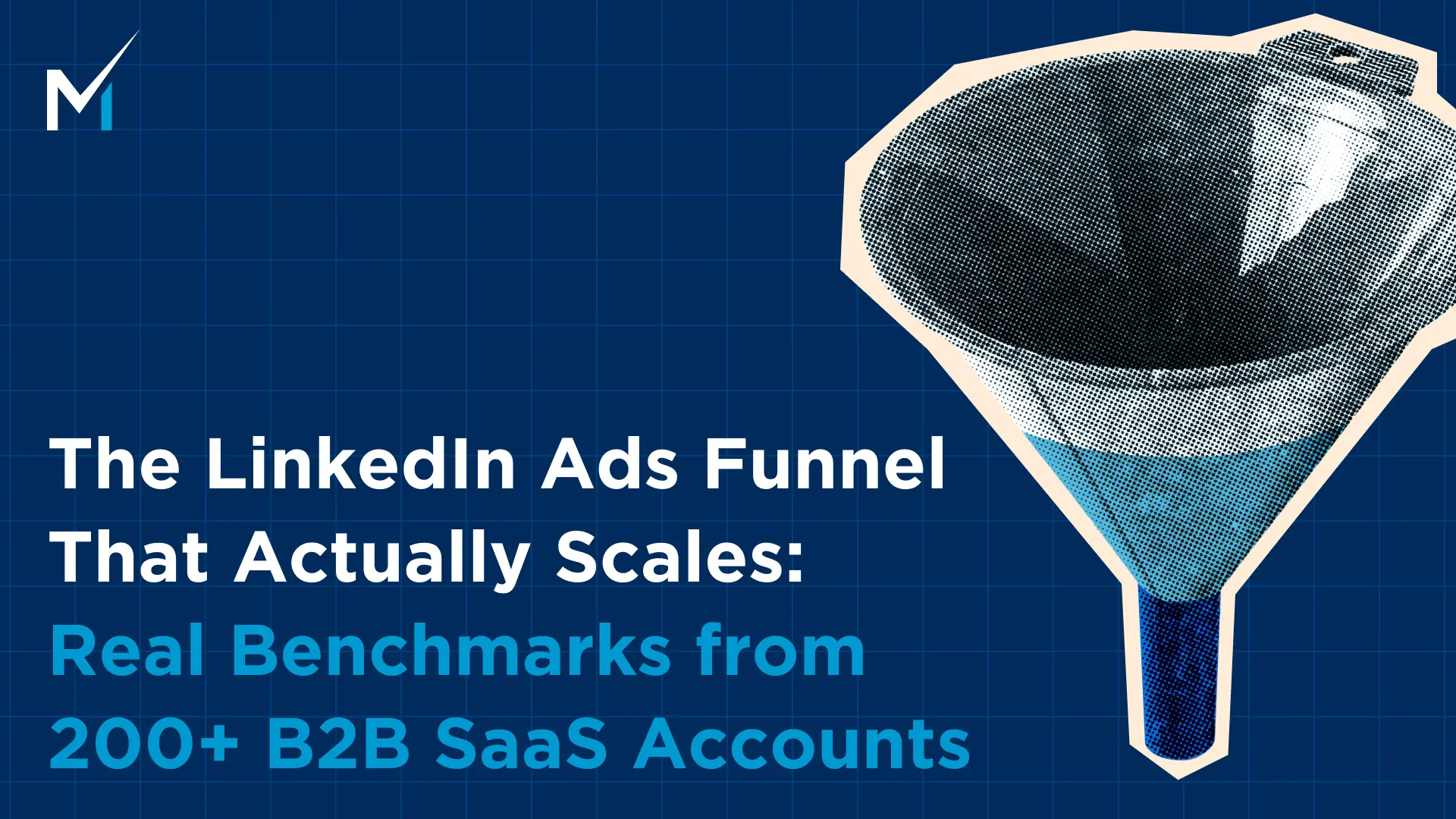Nowadays, your buyers aren’t sitting around waiting for your cold email to enlighten them about solutions they didn’t know existed. They’re already knee-deep in research, talking to peers, and scrolling through LinkedIn long before they ever think about booking a demo.
Social selling is the art of building your pipeline through strategic content, personalized engagement, and influential networking. It’s not just another marketing buzzword. It’s a complete mindset shift that’s changing how the best B2B companies are growing in 2025.
What Social Selling Really Is (And What It’s Not)
Social selling is not:
- Randomly connecting with people on LinkedIn and immediately pitching them
- Posting corporate content that nobody engages with
- Spamming industry hashtags hoping someone notices
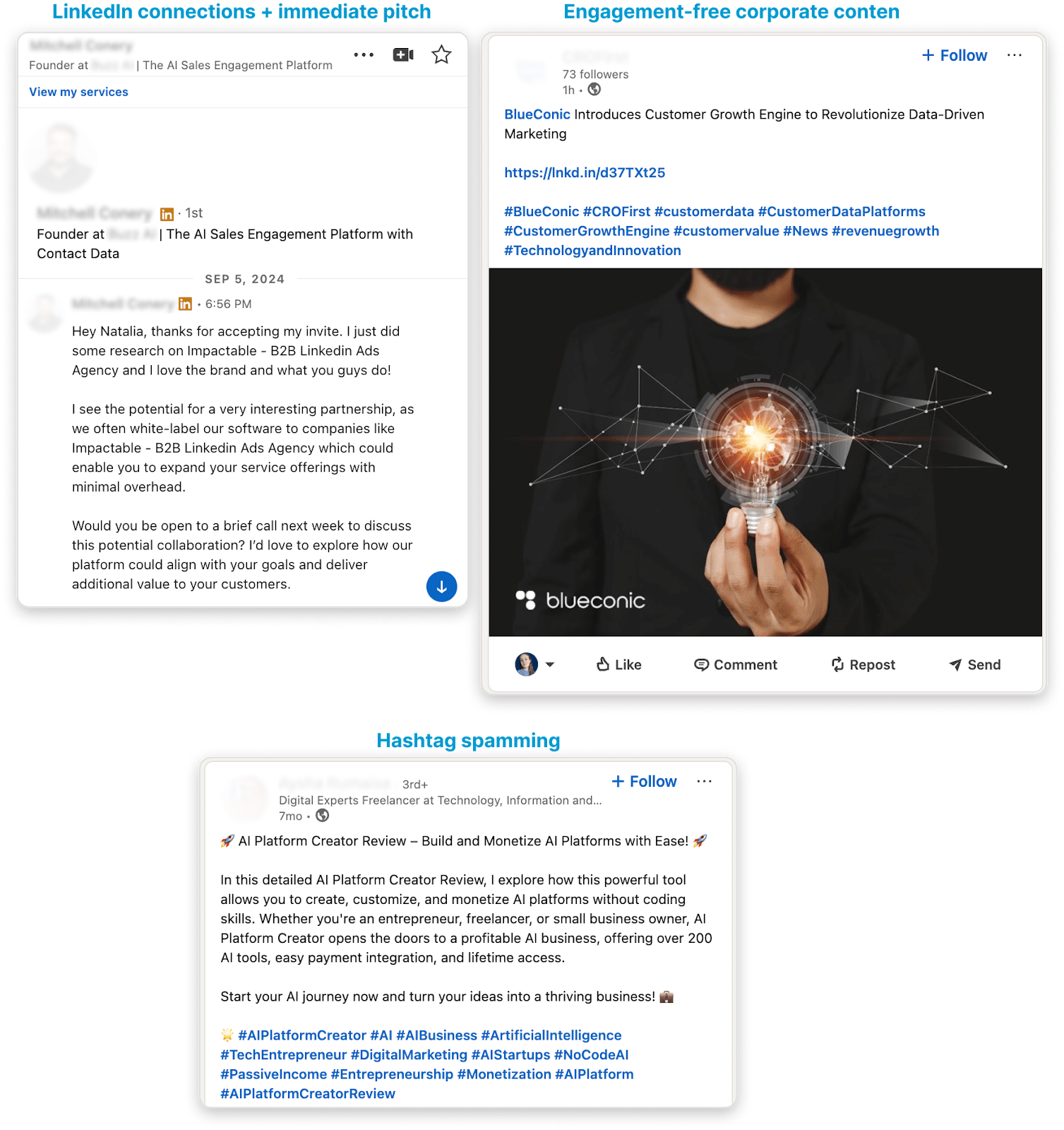
Social selling IS a long-term approach that builds trust at scale with your target audience, using platforms like LinkedIn to nurture relationships and identify genuinely interested prospects.
Think about it this way: instead of wasting resources pitching to cold audiences who have zero reason to trust you, you’re channelling those resources into making buyers curious about your solutions before they even enter the market.
Social Selling vs. LinkedIn Lead Gen vs. ABM: What’s the Difference?
Here’s where a lot of teams get confused. Isn’t this just LinkedIn lead gen with a fancy name? Not exactly. Let me break it down:
| LinkedIn Lead Gen | Social Selling | Account-Based Marketing |
| Platform-specific | Multi-channel approach | Account-specific approach |
| Short-term results | Long-term relationships | Mid to long-term focus |
| Quantity-focused | Quality & trust focused | High-value account focus |
| Immediate outreach | Value first, outreach later | Coordinated multi-touch |
| Limited personalization | Deep personalization | Account-level personalization |
The game-changer with social selling is that you’re not just collecting leads – you’re building a reputation, establishing expertise, and creating genuine connections that last.
Find out which approach is right for you in this article.
Why Social Selling Works
It takes 894 LinkedIn impressions per company to generate a website visit. That’s not a typo. Your buyers are taking their sweet time, ensuring they’re exploring solutions they already know and trust.
The modern B2B buyer journey looks like this:
- Research solutions independently
- Engage with educational content
- Form opinions about vendors through social proof
- Reach out when they’re ready (not when you are)
This fundamentally changes how we need to approach outreach. Traditional playbooks simply can’t provide the ongoing touch points needed to build that trust.
“But Does It Actually Make Money?” (Spoiler: Yes)
I completely understand the skepticism. Everyone talks about “adding value” but nobody talks about the bottom line.
Take Justin Rowe, founder of Impactable – he spent years sharing high-value content and strategically growing his network. The result? Over 85,000+ LinkedIn followers and a personal brand that’s now one of their top lead sources.
Without organic content, ad spend can cost your business tens of thousands each month with no conversion guarantee. But when you combine expertise, audience nurturing, and strategic sales activation, your conversion rates skyrocket.
The Three Pillars of Social Selling That Actually Work
Social selling isn’t random posting and hoping for the best. It’s a strategic framework built on three essential pillars:
1. Build Awareness
- Show up consistently with original content
- Share your unique POV with your ideal customer profile (ICP)
- Engage with your ICP through comments and discussions
- Grow a qualified network through strategic connection requests
2. Nurture Engaged Prospects
- Create content “value loops” (newsletters, groups, etc.)
- Follow up with prospects who interact with your content
- Amplify high-performing content with paid promotion
- Collaborate with industry thought leaders to extend reach
3. Activate Your “Warm” Audience
- Identify high-intent prospects based on engagement patterns
- Build personalized outreach based on previous interactions
- Time your outreach to coincide with buying signals
- Lead with value, not with pitches
This isn’t a linear process – it’s cyclical and ongoing. But when done right, it creates a flywheel effect that continuously generates warm leads.
How to Meet Buyers at Every Stage (Not Just When They’re Ready to Buy)
The beauty of social selling is that it aligns perfectly with how your buyers actually buy:
- Awareness Stage: Your content and engagement make buyers aware of both your brand and the problems you solve.
- Consideration Stage: Your thought leadership and educational content help position you as a trusted advisor.
- Decision Stage: Your personalized outreach and relationship-building make you the natural choice when they’re ready.
This means you’re present at every stage of their journey, not just swooping in at the end with a sales pitch.
Choosing the Right Channels (Hint: It’s Not Just LinkedIn)
LinkedIn might seem like the obvious choice for B2B social selling, but here’s something crucial to remember:
The best social selling channel is where your buyers actually hang out.
Don’t follow your competitors – follow your customers.
When (and How) to Pitch Without Ruining the Relationship
Let’s be real – you’re not connecting with prospects just to make new friends. And your buyers are too savvy to believe otherwise.
The key is building the dialogue to a point where discussing business feels natural:
- Invest in conversations outside the inbox first.
- Share genuinely valuable information with no strings attached.
- Focus on THEIR business interests and challenges.
- Tailor your eventual offer to directly address those specific needs.
When done right, your “pitch” won’t feel like one at all – it’ll feel like the next logical step in an ongoing conversation.
Quick-Start Guide to Social Selling
Don’t worry – you don’t need to build a social selling engine overnight. Start with these three essential steps:
- Define your goals – What exactly do you want social selling to achieve? More leads? Brand awareness? Thought leadership?
- Pick one channel – Don’t try to be everywhere. Choose the platform where your buyers actually spend time and master it.
- Create consistent value – Even if it’s just 1-2 pieces of content per week, consistency beats sporadic brilliance.
Stop Waiting and Start Selling
Your buyers aren’t waiting for your cold emails or sitting through demos with every vendor on the market. They’re researching, engaging with content, and forming opinions about you long before they ever consider booking time on your calendar.
Here are three things you can do today to start your social selling journey:
- Optimize your social profiles to clearly communicate your expertise.
- Identify 3-5 thought leaders in your industry and meaningfully engage with their content.
- Create one piece of valuable content that addresses a specific pain point for your ICP.
Building relationships with your ideal clients is never a fast or predictable journey. But the journey of a thousand miles begins with a single step – and there’s no better time to take that first step than right now.
This article was inspired by insights from our sister company. See the original article for additional perspective on B2B social selling strategies.


